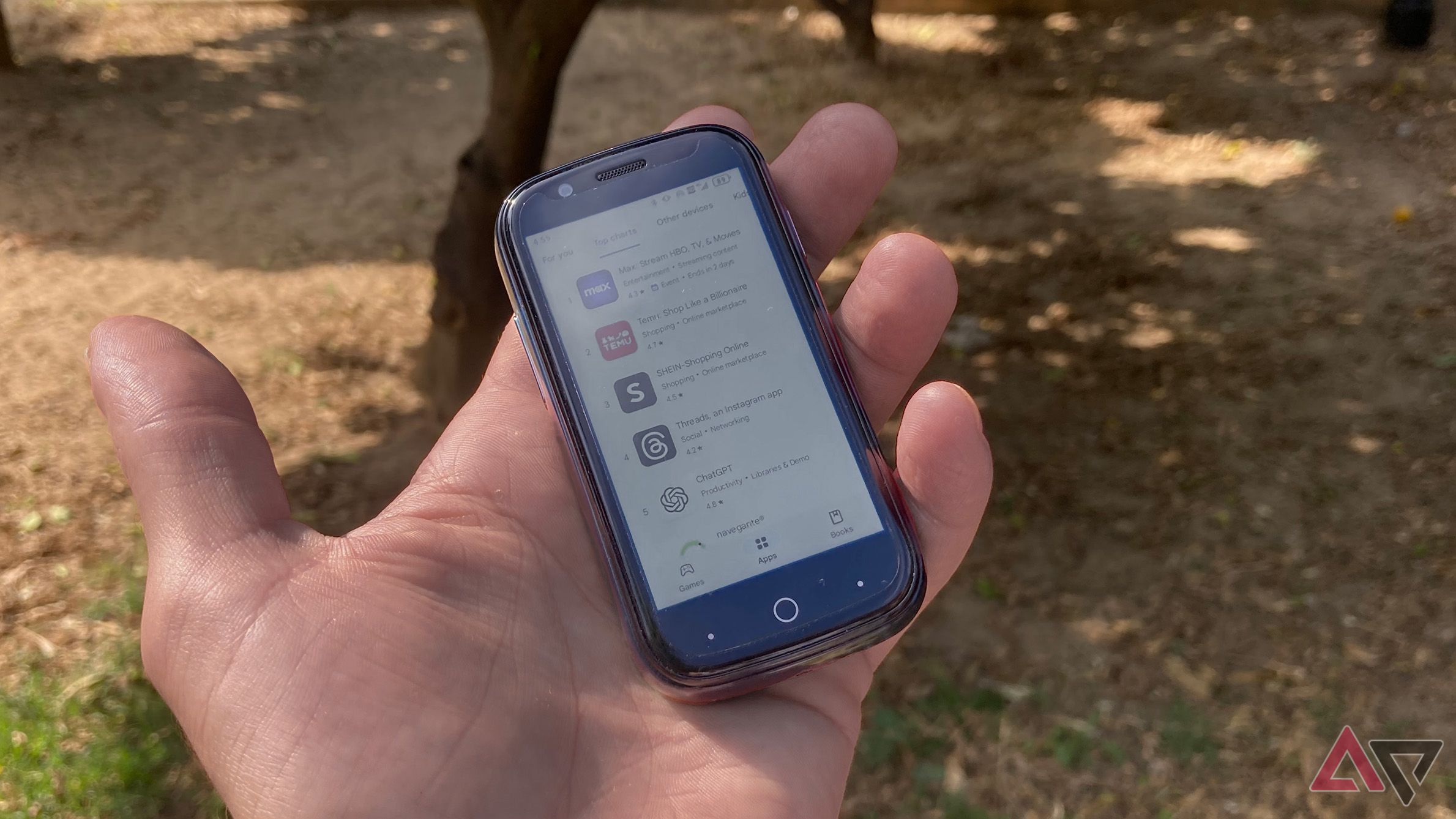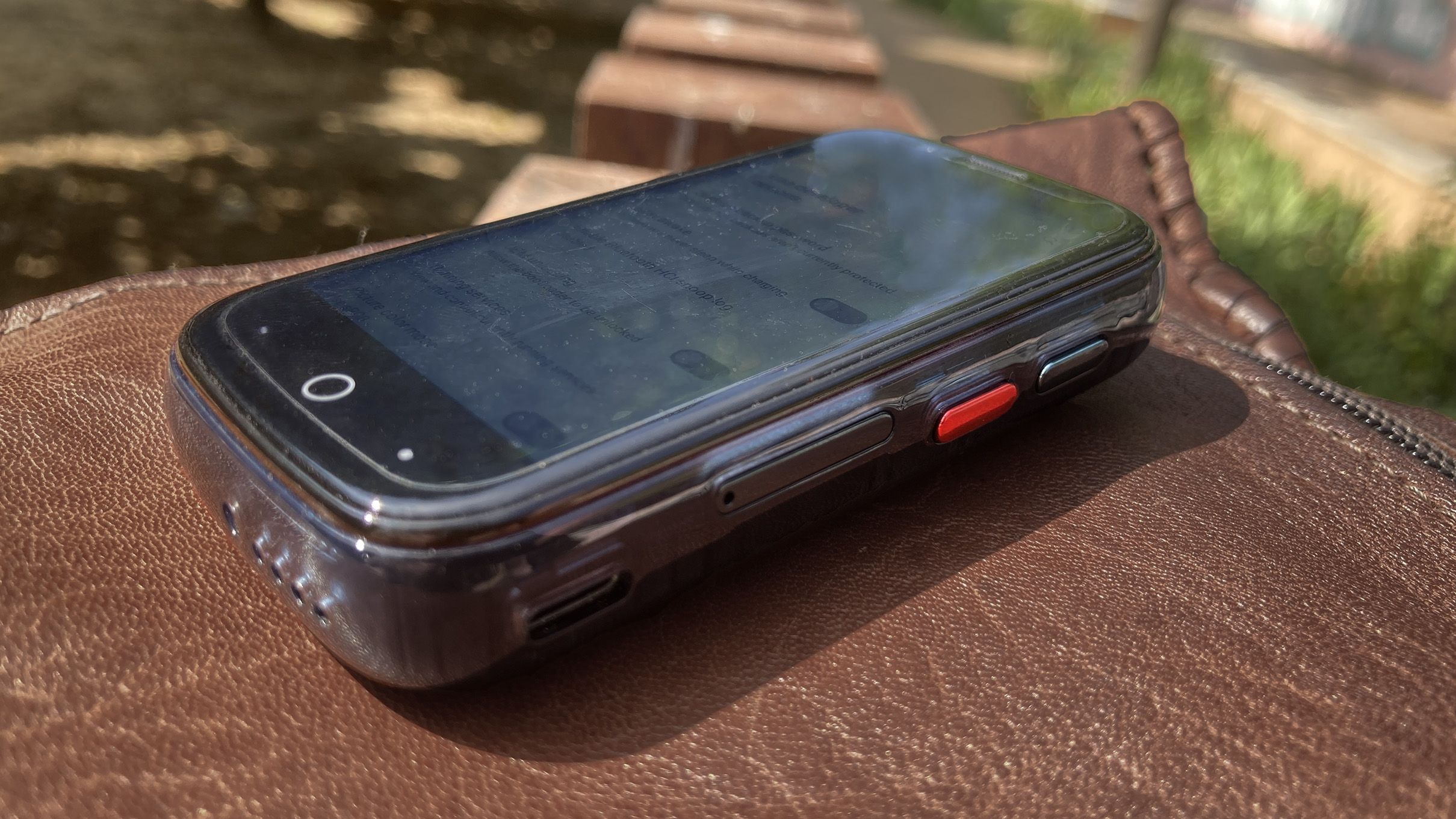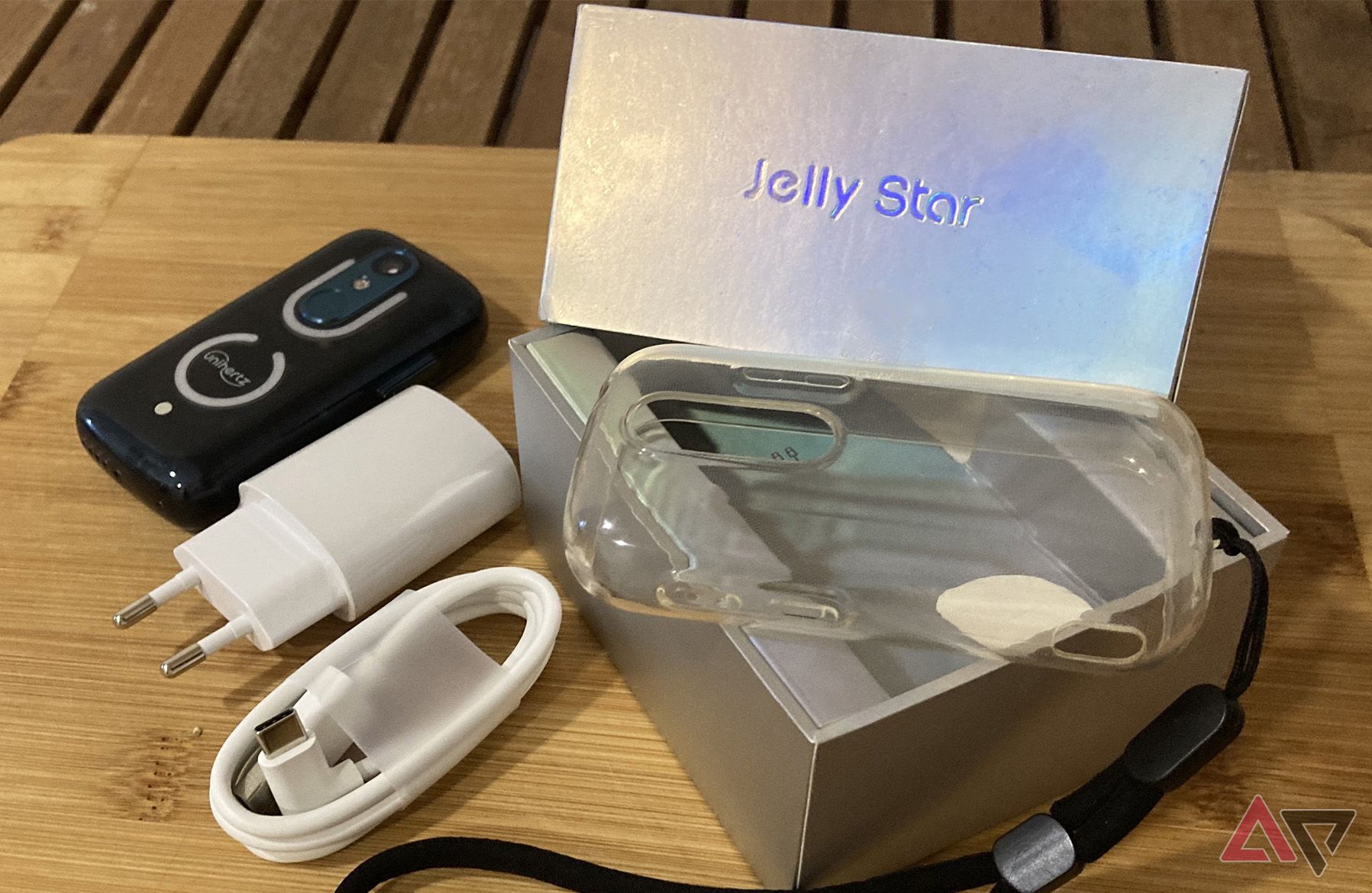I’ve been caught complaining about the death of compact smartphones more than once. My small hands, busy schedule, constant real-life multitasking, and skinny jeans just don’t have room for the phablets that lead today’s Android market. And while the smallest mainstream phones are legitimately excellent devices, they’re not really what I’d call compact.
So I decided to put my money where my mouth is and see what the world’s smallest full-featured Android phone (by a wide margin) can actually do. After living with the Unihertz Jelly Star for a few weeks, it’s better and easier to use than a lot of people would predict, although it’s still a niche device that you’ll either love, or want nothing whatsoever to do with.
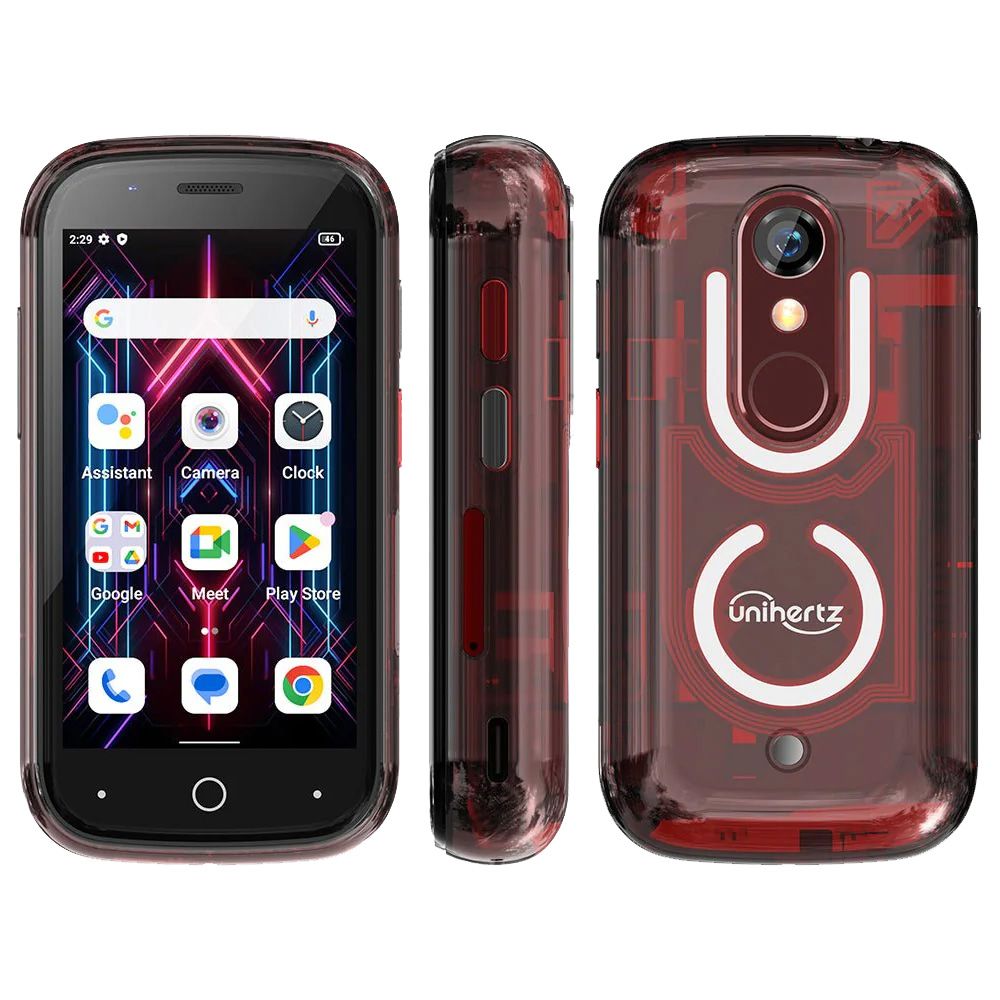

Staff pick
Unihertz Jelly Star
$210 $230 Save $20
Most people have never seen, let alone used, a phone like the 3-inch Unihertz Jelly Star. While it’s hardly any bigger than a fun-size candy bar, it can do nearly everything any other Android phone can, although the screen size and lower-midrange hardware will be deal-breakers for many people.
- Light, compact, transparent design with rear-mounted LEDs
- Ultra-versatile physical shortcut button
- Headphone jack and hybrid dual-SIM/microSD support
- Perfect for reducing daily screen time
- Slippery, small design takes some getting used to
- Next to no software support (or accessories)
- Poor low-light camera performance
Price, availability, and specifications
Originally backed by crowdfunding, the smallest and most unusual Android 13 phone comes in a single SKU for around $200. It’s normally $230 from the manufacturer, $220 from Amazon, and $250 from Ali Express, but sees small discounts relatively frequently. All models support the same, decently wide set of common worldwide frequency bands, and Unihertz apparently ships from warehouses in the US, the EU, and China.
In the US, it works straightaway on T-Mobile’s network, although it lacks the extended-range n71 band that many rural customers rely on. It supports Verizon’s network, but Verizon doesn’t officially support it, so you’ll need to activate your SIM on a Verizon-approved device. It doesn’t work with AT&T at all, and as you might expect, no carriers sell it.
What I love about the Unihertz Jelly Star
The list is longer than even I anticipated
The best part and biggest reason to buy it is the ultra-compact design. Despite researching the specs before its arrival, I wasn’t prepared for how small it is. It simultaneously feels less and more like a phone than every other, possibly because my last handset before graduating to a smartphone was a similarly sized candy bar phone.
I’ve talked before about my utilitarian smartphone use; I rarely watch videos and never play games on phones. Since those are the form factor’s biggest weaknesses, all the Jelly Star has to do is not screw up basic smartphone functionality, and I’m basically sold.
Admittedly, the 3-inch screen wasn’t what I envisioned while repeatedly begging the industry for a compact smartphone. The experience — especially the typing — was a little rocky out of the box, but increasing font sizes, resizing the keyboard, and adjusting the backlight smoothed things out nicely.
While there’s definitely a learning curve to using something so minuscule, I found it surprisingly user-friendly after about a week. Its thick body makes it comfortable to hold and use one-handed — if it was the same ~1cm thickness as everything else, it’d be nigh-impossible to use.
Speaking of convenient ergonomics, there’s a bright red button beneath the power button that’s technically for push-to-talk functionality, but it’s actually a programmable shortcut key that lets you customize the action of one short press, two short presses, and one long press.
There’s a simple list of preset functions, like opening an app, taking a screenshot, or recording a call. But in symbol key mode alongside an app like Key Mapper, you can program it to do nearly anything, including assigning up to three alternate layers of intricate OS controls accessed by short, long, and double presses of the shortcut key. That’s a total of 15 potential two-step shortcuts available by utilizing the volume and home row keys in conjunction with the red button.
Every phone needs this. Its small size and immediate versatility make capturing candid moments, archiving a conversation, and accessing your favorite audio a breeze. In fact, I’m taking pictures more frequently than I do with other phones since it’s just so easy.
Its uninspiring Mediatek MT6789 system-on-a-chip actually hasn’t bogged down or taken a long time to load anything, although the form factor essentially prohibits the most resource-intensive use cases. A surprising 256GB of storage and 8GB of RAM give you plenty of headroom for everything its small screen really works for. Even the battery lasts decently long, easily lasting all day and routinely charging from 45% to nearly 70% in under 20 minutes when plugged in.
It’s also impressively thorough for something roughly as big as a Snickers bar, housing a hybrid nano-SIM/microSD expansion, a headphone jack, NFC, Bluetooth 5.3, Wi-Fi 5, an IR blaster, and an FM radio, giving you more versatility than most devices released in the last couple of years. Face and fingerprint unlock work great, too, and in well-lit conditions, even its photos look good, especially if you install GCam as an alternative to the stock camera app.
Aside from the practicality, this thing is neat. People constantly do double-takes and ask what the heck I’m looking at and typing on. The transparent case it comes with shows off a tiny bit of the semi-transparent body and exposed internals, but if you’re brave enough to rock it caseless, it has a bit of a Nothing Phone vibe. Truly, there’s a lot to like about this little thing.
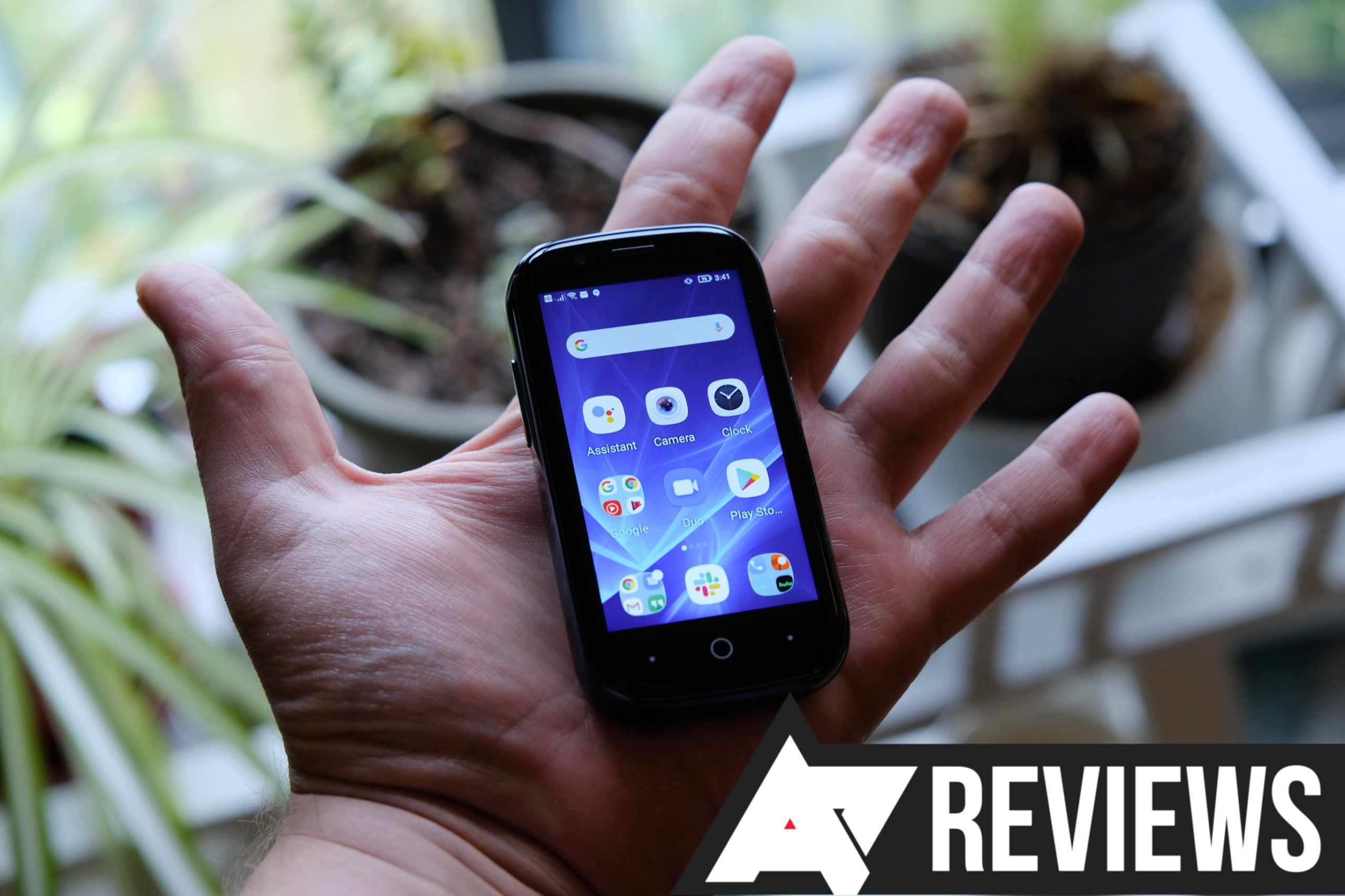
Related
Unihertz Jelly 2 review: Size matters
I’m explicitly told I can’t make any jokes about putting this phone up your butt
If the Jelly Star had literally any other actual competition, I might not rate this candy bar so highly. But the only similar offerings are its predecessors, the Unihertz Jelly 2 and 2E, which are borderline obsolete already.
What I don’t like about the Jelly Star
No major deal-breakers, but some obvious compromises
The transparent case will probably end up yellowing slightly over time
First, it’s slippery as heck. I rarely use phone cases, but the low-traction body forced me to install the included case, which is just as slick as the phone. With essentially zero aftermarket accessories, there isn’t really a solution unless I design a 3D print.
I’d welcome a tiny bit more screen space, too, since stretching the keyboard to a convenient size covers most of the display. It’s also pretty dim and heavily blue tinted (although perpetual Night Mode use helps), a bit of a one-two punch against any kind of long-form visual media consumption. And, to be honest, a bland Android UI doesn’t do its usability or appearance many favors, leading some of the biggest Jelly Star fans to third-party launchers (or even Lineage OS).
Unfortunately, it’s almost dead in the water in terms of software. Maintaining continued security patches (and especially new Android builds) costs money, and Unihertz is practically a grassroots smartphone manufacturer that relies on crowdfunding to get most devices off the ground. Security updates are few and far between, and Android 14 is a dream the Jelly Star will likely never realize. And while I’ve never had my devices compromised due to slow or no security patches, all it takes is once.
The second two show the OK, but slightly blown out selfie camera; the last two show the subpar night photography
The camera hardware is passable (where its predecessors’ were borderline useless), but its stock software struggles mightily in anything but good lighting. I tested about a dozen implementations of Gcam (a port of the Pixel Camera), and managed to find one from developer BSG (version 8.5.300 if you’re taking notes) that helps a little with low-light detail, and somewhat with smaller issues like white balance and the poor stock interface.
Sadly, it can’t overcome the low-light limitations of the middling sensor and its noisy, yellowish nighttime photos.
Its network connectivity isn’t stellar, either. It tests around 40Mbps from my desk, vastly slower than the iPhone SE, its only competition size-wise. This also means its hotspot — which burns a lot of battery — isn’t ideal for, say, demanding remote work outdoors.
.JPG)
Related
iPhone SE (2022) review: An easy Android off-ramp
But there are better mid-range Android phones than the new iPhone SE for the same price (or less)
Finally, there are minor software quirks. The ambient light and fingerprint sensors didn’t work for two days, until a hard shutdown did the trick. A proprietary battery protection app also repeatedly killed Musicolet, my favorite Android music player, mid-dog walk to save battery until I tracked down the slightly hidden option to prevent it. So, in the end, the software bugs all managed to get smoothed out over a short time.
Should you buy the Unihertz Jelly Star?
Some people would never bother trying to transition to a 3-inch display. Others will be pleased to know the Jelly Star is a surprisingly effective solution for practical phone use. If you already don’t use much visual media on your phone, or want to significantly cut your screen time, doomscrolling, and social media addiction, it’s somewhere approaching fantastic. It’s also incredible for any kind of exercise other than swimming.
Many of its users absolutely adore it, and a decent number of Android fans pick it up as a secondary device because of its price. All told, it does a good job at everything I need a smartphone to do on a daily basis. If you’re looking for something novel, effective, and cheap, this is an excellent little device to have.


Staff pick
Unihertz Jelly Star
$210 $230 Save $20
There aren’t any other phones like the Unihertz Jelly Star today. While it’s not very useful for media consumption, it’s a fully functional Android 13 device with a low price, ultra-convenient form factor, and no massive drawbacks, as long as you’re willing to deal with the tiny display.
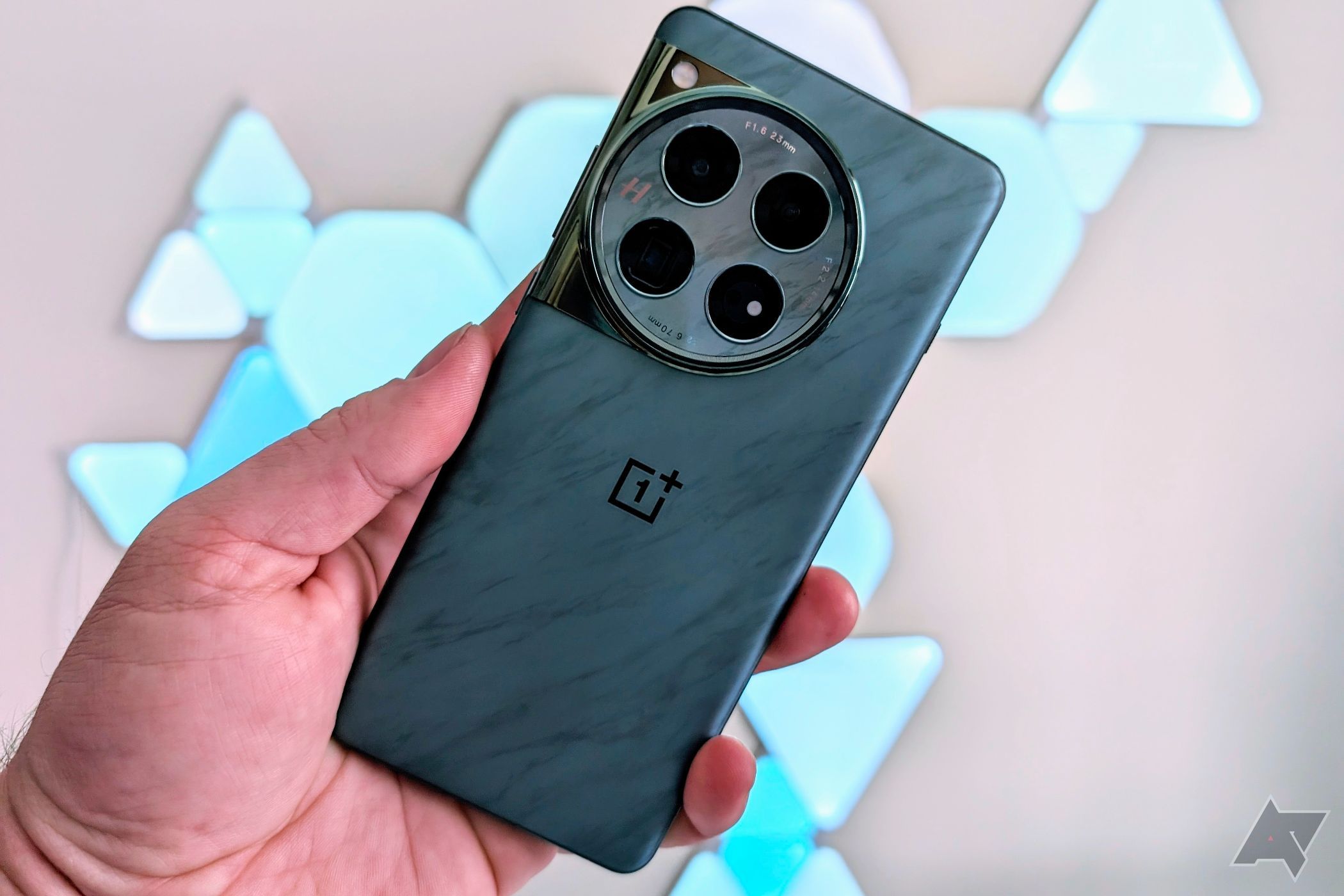
Related
Best dual-SIM phones in 2024
Top phones that support a pair of physical SIM cards
Source link

